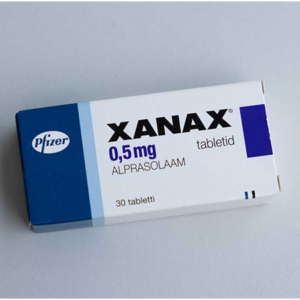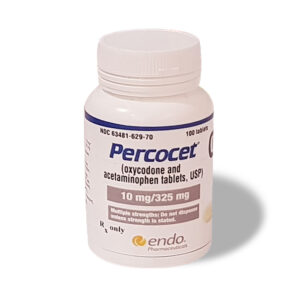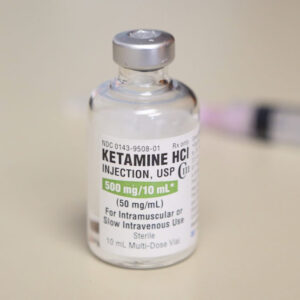Oxycondone
Oxycodone is an opioid agonist prescription medication. The oxycodone immediate-release formulation is FDA-approved for the management of acute or chronic moderate to severe pain, for which other treatments do not suffice, and for which the use of opioid medication is appropriate. The extended-release formulation is FDA-approved for the management of pain severe enough to require continuous (24 hours per day) long-term opioid treatment and for which there are no alternative options to treat the pain. The oxycodone to morphine dose equivalent ratio is approximately 1 to 1.5 for immediate-release and 1 to 2 for extended-release formulations. Oxycondone
Mechanism of Action
Oxycodone is a semisynthetic opioid with agonistic properties on mu, kappa, and delta-type opioid receptors, with the strongest affinity being for mu-type receptors. Upon binding to these G-protein coupled receptors, oxycodone stimulates the exchange of GDP on the G-alpha subunit for GTP, resulting in the inhibition of adenylate cyclase and a decrease in intracellular cAMP. This signal cascade leads to a consequent inhibition of the nociceptive neurotransmitters acetylcholine, dopamine, GABA, noradrenaline, and substance P and the hormones glucagon, insulin, somatostatin, and vasopressin. As with other opioids, oxycodone causes hyperpolarization and reduced excitability of neurons in the central nervous system (CNS). This generalized CNS depression results from the agonistic effect on kappa-type receptors, leading to N-type voltage-gated calcium channel closure. In contrast, stimulation of the mu and delta-type receptors opens calcium-dependent inward-rectifying potassium channels. Oxycondone







Reviews
There are no reviews yet.